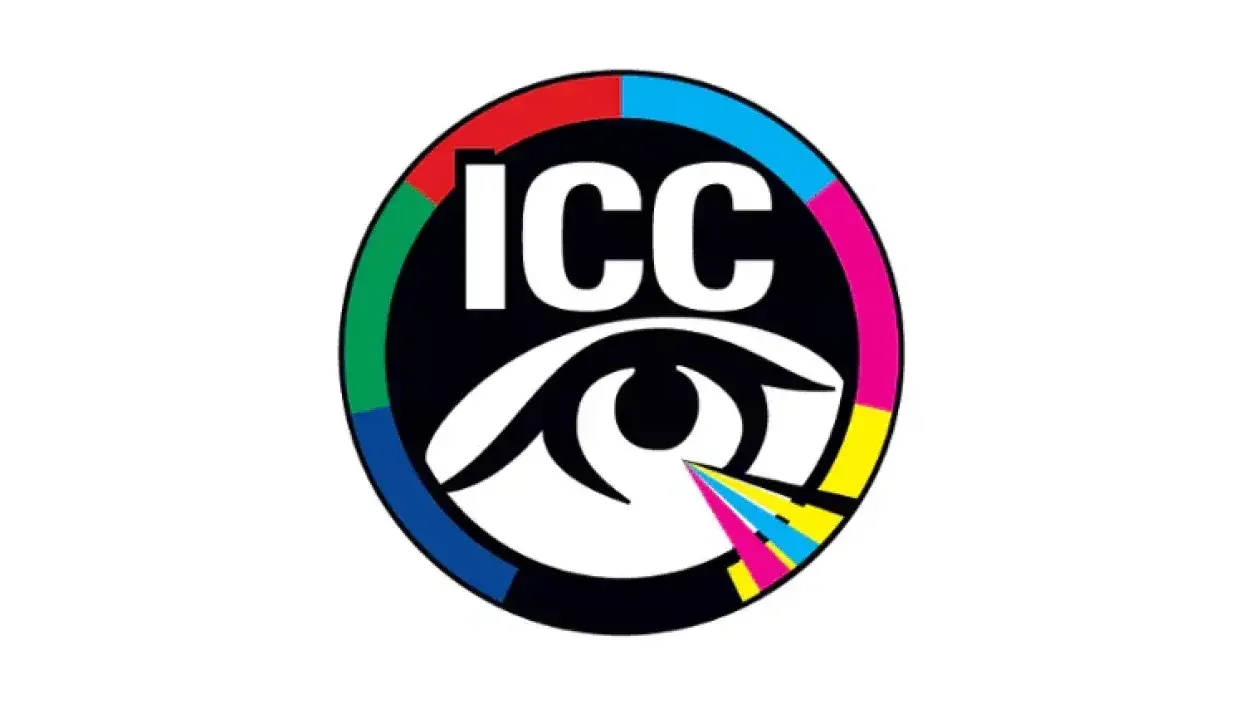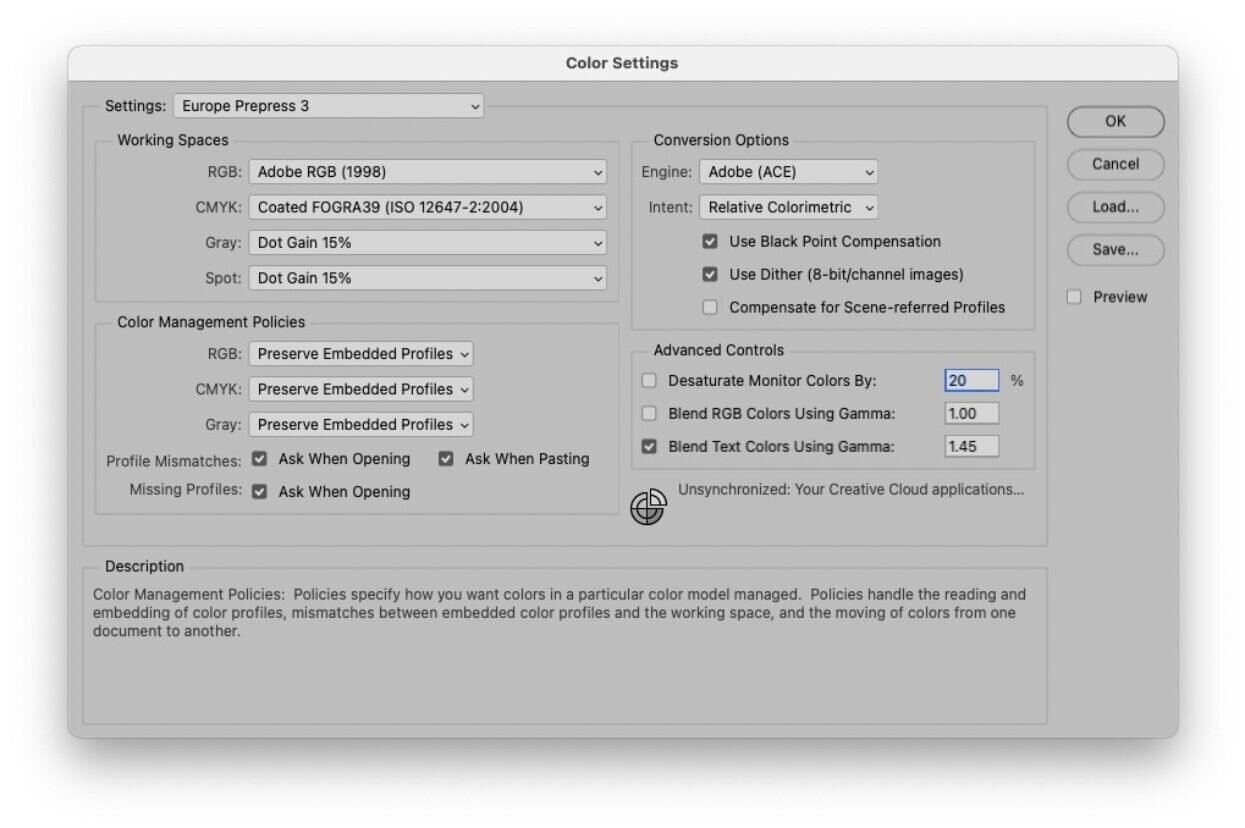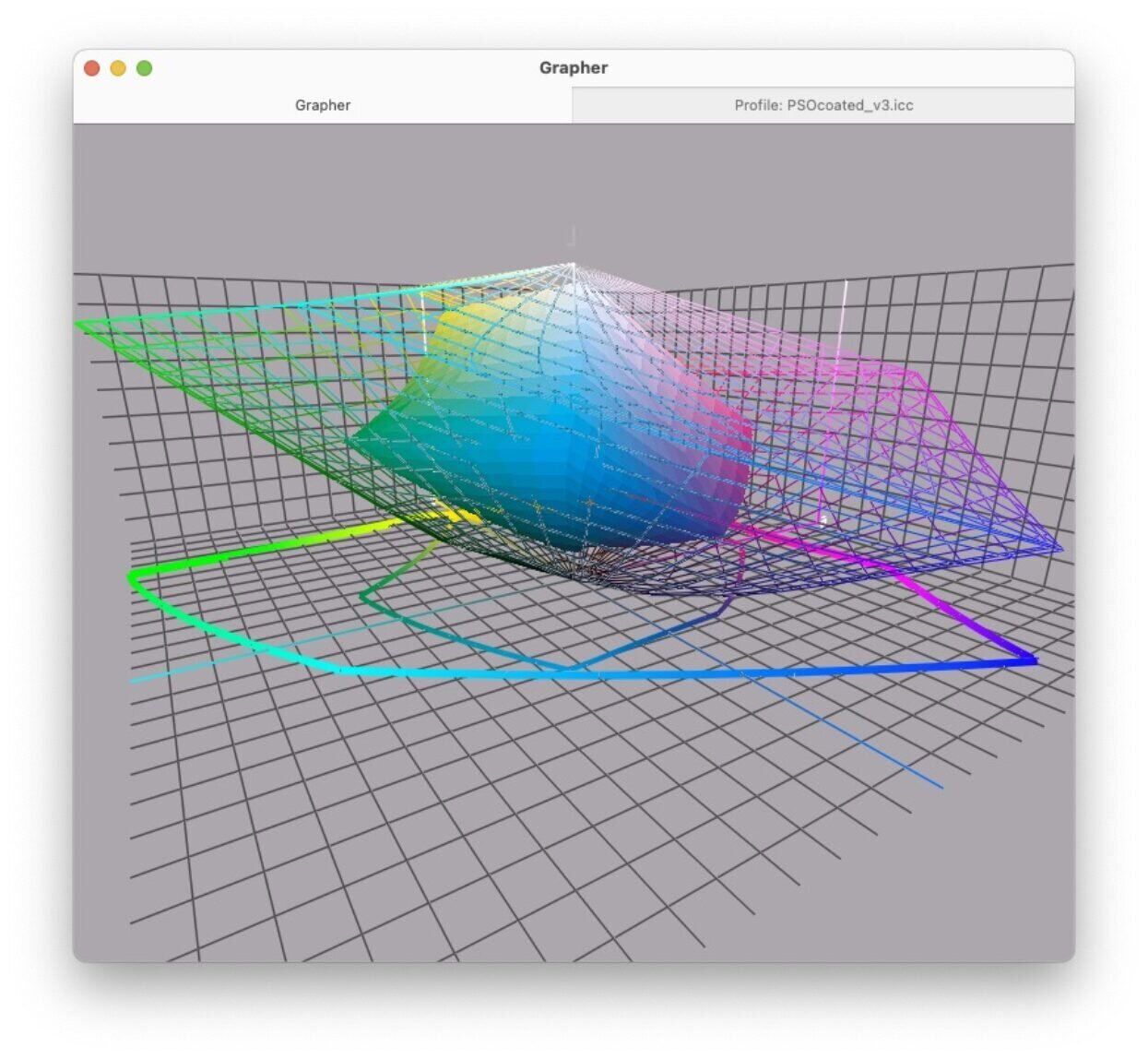
Paul Sherfield offers a non-specialist guide for colour profiles for printers and details what they are and what how they work.
What is a .icc profile?
Notice that I did not call it a colour profile. That’s because icc profiles can be for greyscale, extended gamut 7 colour colours and other colour combinations, well as the more common RGB and CMYK profiles.
The .icc suffix used by profiles references the International Color Consortium which controls this area of colour management, Follow the logo for more information.
In this article we will look at the type and use of the colour profiles that are more normally in use.
In its simplest terms an icc profile performs a number of functions:
- It is text file that when, attached to digital images, give colour meaning to the image and can be ‘read’ by other colour management’ aware softwear and solutions. Images without profiles have no colour meaning and can reproduce giving an unexpected results.
- Digital cameras can embed an RGB profile into the images they take, often this will be sRGB or Adobe RGB 1998.
- Computer screens can be calibrated and an icc profile produced which ensures the best possible colours are displayed. This does depend on the ability of the screen and its technology. Not all screens are equal in their ability to display colours.
- The profiles can be most colour spaces. by this is meant, RGB (red, green, blue), CMYK (cyan, magenta, yellow, black, the ‘K” refers to the outdated term for black in the graphic arts as the ‘Key’ colour) and the increasing use and implementation of extended gamut CMYK which adds Orange , Green and Violet.
- Profiles are also used within workflow systems such as color servers and digital fronts ends (DFE’s) to management the colour to a common and agreed standard.
They work within a colour management aware softwears, such as the Adobe CC suite, colour servers and digital front end.
Simplified, in all case these systems use a Profile Connection Space (PCS) which usually contains the CIE Lab colour space which contains all the colour an ‘average’ human being can see. This is also termed a Color Management Module.
Adobe, as can be seen from screen grab below from the Photoshop Color Settings panel call it an Engine, in this case the ACE, the Adobe Color Engine. There are a number of PCS modules from Adobe, Apple and other, all working to ICC specification and doing the same function.
In essence, when an image , say with a RGB profile is to be converted to a CMYK profile, the PCS ’reads’ the profile for colour information on the image and converts it to the is CIELab colour space. Then using the chosen profile, in this case CMYK, converts the CIELab data to has created in this CMYK colour space.
It is worth noting that most colour management systems will have default profiles for RGB and CMYK, they use these in case the image to be converted does not have a profile embedded. This can result in poor, inaccurate conversions.

The image below illustrates the work that a profile has to do when converting a large RGB colour space, in this case Abode RGB 1998 used in high end digital cameras to a CMYK colour, PSO coated v3 FOGRA 51 which is a large CMYK colour space or gamut.
The wireframe is the Adobe RGB 1998 profile, the solid color inside it is the CMYK colour space. The black mesh represents the CIELab colour space.

Profiles can be divided into two main types:
- Device independent. This type includes most RGB profiles, such as the commonly used sRGB and Adobe RGB 1998. These do not relate to any output device but are used in digital cameras and colour editing softwears such as Adobe Photoshop and Affinity Photo as what are often termed ‘working spaces’.
Exceptions this device independence include RGB screen calibration profiles and some device dependent profiles that are produced for small desktop inkjet printers and larger RGB silver halide digital printers.
- Device dependent. This implies that the profile, normally a CMYK profile has been made to suit only one printing condition, i.e. the printing process, the ink used, and the substrates used. Often this can define individually presses. The well known and much used standard CMYK profiles based on ISO 12647-2 are device dependent profiles.
Device dependent profiles are often used in two areas of digital printing colour managed workflows on their digital front ends. The first will a device profile that describes to presses colour gamut on the paper or substrate used, the second may be what is called a simulation or emulation profile which will usually be a device profile of another print condition, such as the offset litho based PSO coated v3 FOGRA 51 profile.
Again, there are some exceptions to re CMYK profiles, FOGRA have a working space CMYK, FOGRA 53, that does not aim to match a press, ink and paper. It is seen a large gamut CMYK exchange space to use in place of RGB profile when the final printing process and substrate may be unknown.
A third, specialised, type of icc profile you will see is the device link profile. This is a specialised profile that connects two profiles. For example, a CMYK coated profile and a CMYK uncoated profile. It can only be used for converting to convert between the two profiles selected on making the device link profile.
Device link profiles give greater colour control, especially of the black separation, when converting from one CMYK profile imaged to another. Usually, they are used in colour servers where the device link profile can be created automatically.
Hopefully this article has provided an overview on how and why icc colour profiles are used and needed.
The FESPA web site has a vast number of articles on colour management, including one on the area of the little understood Rendering Intents. This will make a useful read in conjunction with this piece.
Discover the latest innovations colour management at FESPA Global Print Expo 2024, Europe’s leading print and signage exhibition. Taking place from 19th – 22nd March 2024 at RAI Amsterdam, Netherlands. Register here to visit and use code FESJ405.